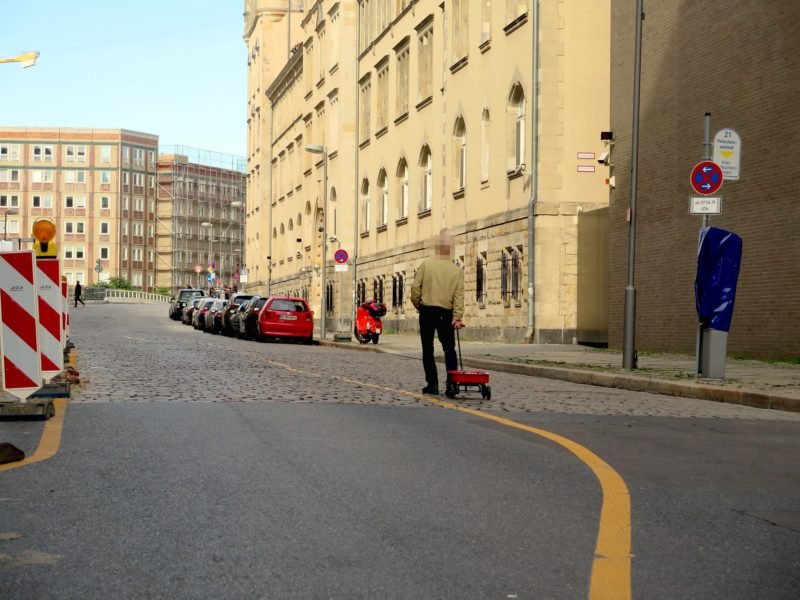Trend 8: Location, Location, Location!

2010 was also the year of the definite breakthrough of the check-in. Foursquare, the most used location-based service, grew from 500,000 users in March to 5 million users in December. Predicts Mark Krynsky from Checkin Blog, “I, along with many others, feel that this will be one of the hottest sectors in tech over the coming year and even further out”. Location regains importance. Relatively recent developments such as the mobilization of the Internet, wireless technologies, GPS, and the rise of the smartphone, increasingly oblige us to reconsider the relation between the Web and the urban realm. The Internet used to be known for its place-independency, and it still is, but recent developments have moved computing off the desktop and into the world. More and more people have mobile access to the Internet on the street, in the park, in a shopping mall. Online communities and interest networks are rearranged in a geographical way. This shift marks an interesting paradox of Internet being a place-independent medium, but increasingly paying attention to geographical components. It enforces the importance of ‘being somewhere’, as the accessible digital data adapts itself to the geographical location of the user. The check-in mania is one of the biggest manifestations of the location trend, with not only Foursquare fighting in the arena, but also apps such as Brightkite and Gowalla. Also Facebook is unfolding its check-in service Places.
Experimental services such as BlockChalk provide digital, locative chalk boards that enable users to communicate only with other users in their neighborhood. The GPS-based app enables users to leave notes, or ‘chalks’, about what’s going on at a certain location. Users can then reply to other users’ chalks. Another appealing initiative is Anttenna, a new mobile ‘microlistings’ application that facilitates real-time, location-based, person-to-person exchanges. By turning traditional classified listings into geo-tagged Twitter-sized microlistings, Anttenna lets you quickly connect with people nearby.

The smartphone gains importance as an instrument that affects our perception of the urban space. Strongly related to the location trend are the numerous projects initiated by urban authorities to open up their city data and provide programmers with it in order to create new “useful, inventive, appealing, effective” location-based apps “for delivering information (…) to interested users”. A good example is the New York competition BigApps, which was initiated by mayor Michael Bloomberg and inspired by San Francisco’s Sfapps project. Developers could use public sets of raw data produced by city agencies, available from the newly-launched NYC Data Mine. The competition led to all kinds of new location-based services for New York City, such as WayFinder, an Augmented Reality application enabling its users to find the nearest subway station. In many other cities we have seen new apps that allow citizens to geo-tag spots that should be repaired by the government, like the English service FixMyStreet, or the Dutch initiative BuitenBeter. After spotting something that needs to be fixed, you can use the app to take a picture, select a location and a problem type and send the issue directly through to the city council. With a combination of GPS and maps users can pinpoint the exact location, providing city workers with all the information they need to identify and resolve the reported issue.
This article belongs to the Top 10 Trends For 2011. Over the last year we have been writing articles about urban culture and innovations in cities on a daily basis. Reflecting on 2010 and looking into 2011 we have put together a list with ten of the most remarkable trends that we spotted. We would like to deepen them out a little in a series of articles published this week on Pop-Up City.



